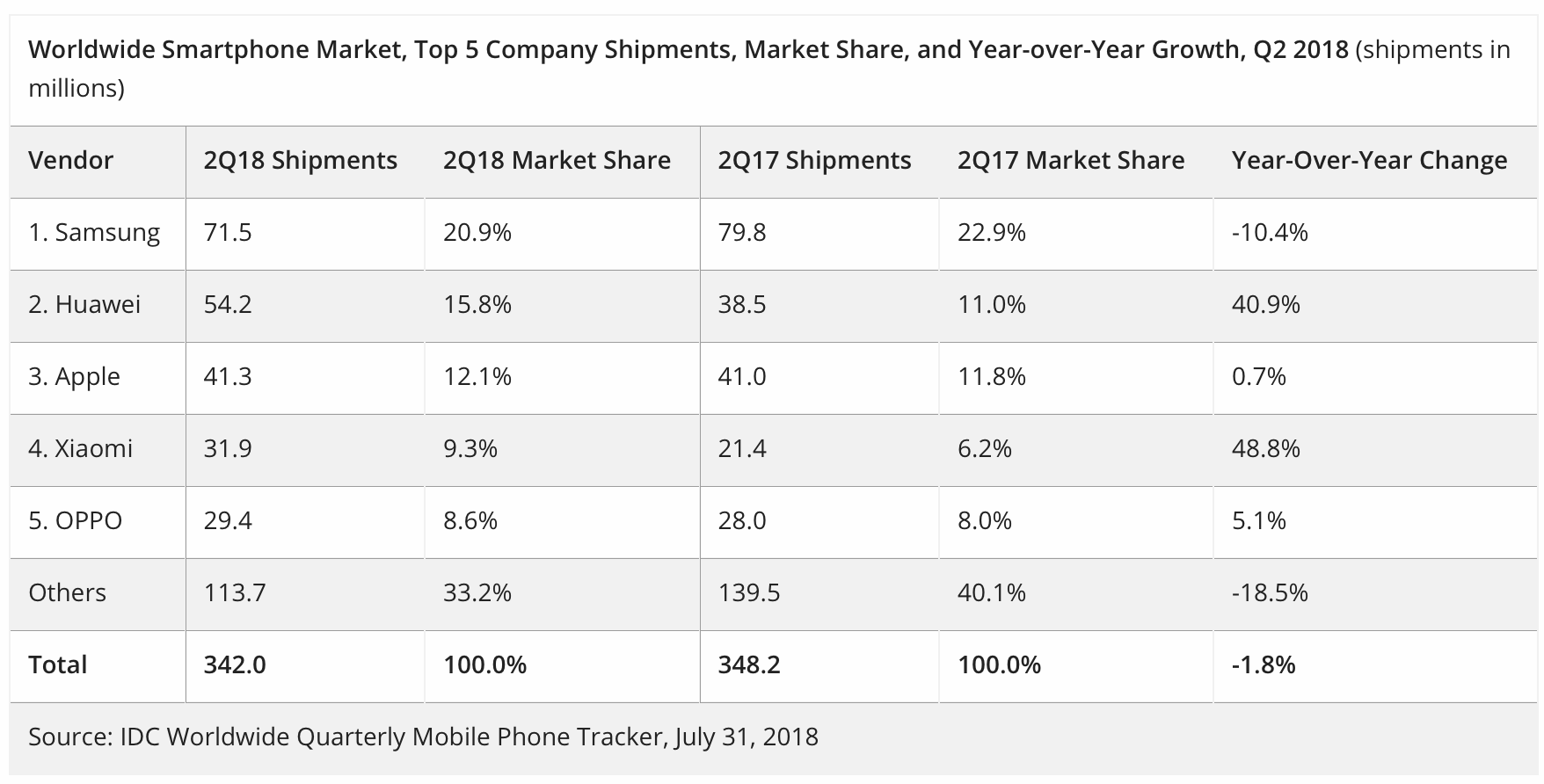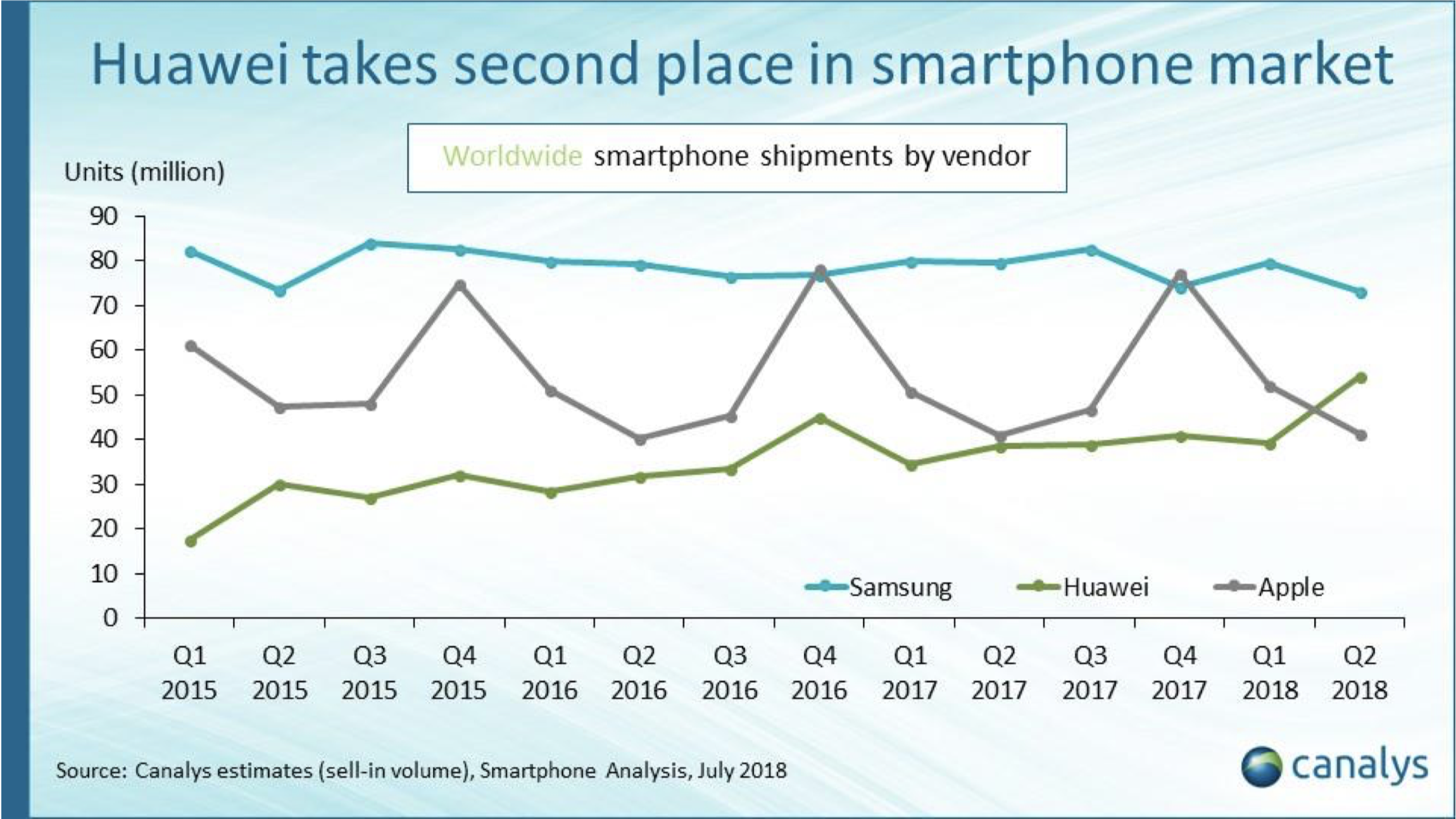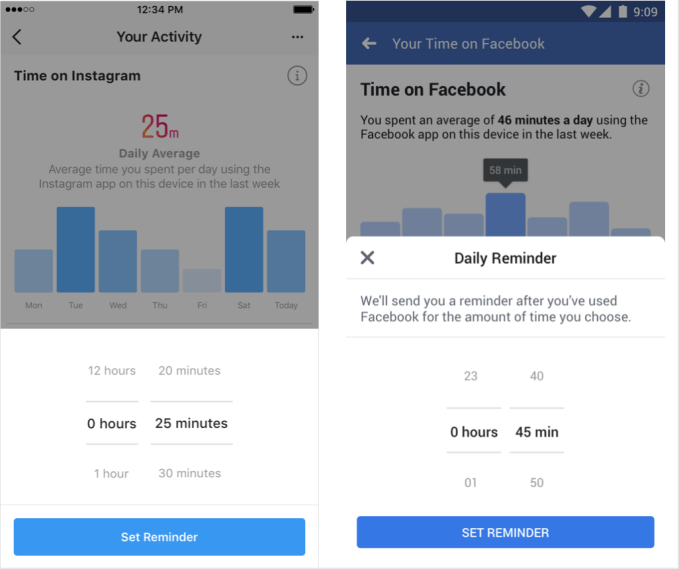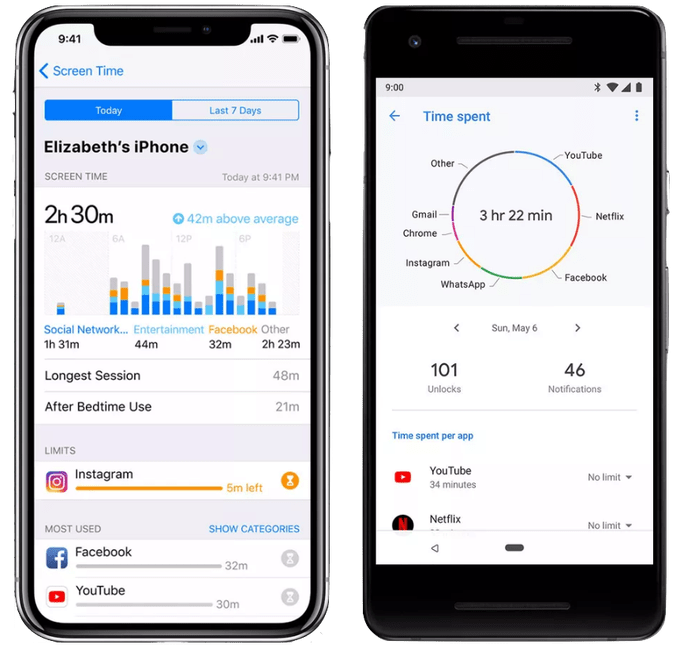Felicis Ventures, the early-stage, San Francisco-based venture firmed founded a dozen or so years ago by former Googler Aydin Senkut, has closed its sixth fund with $270 million.
It’s Felicis’s biggest vehicle to date (the firm closed its last fund with $200 million in 2016). Yet even bigger news for the team may be its new managing director, Victoria Treyger, who spent the last six-plus years as the chief revenue office of the online lending company Kabbage and before that, spent a couple of years as the chief marketing officer of RingCentral, the cloud phone system company.
It’s easy to understand the attraction on both sides. Treyger gives the firm greater strength when it comes to marketing and fintech know-how. According to Senkut, Treyger is also acutely interested in health-related opportunities, which, not coincidentally, is a growing area of interest for the firm.
Indeed, he argues, persuasively, Treyger was being courted aggressively from operating companies wanting to tap her experience as a C-level executive at two separate but fast-growing companies.
That Treyger decided to pursue venture capital surely speaks to an interest in the industry broadly. But Felicis seems like a particularly good fit for her, too. For one thing, Treyger “basically has an equal spot at the table,” according to Senkut. This isn’t always the case with a new hire into a venture firm, even at the most senior level.
Treyger also joins a now four-person leadership team — including Senkut, Sundeep Peechu, and Wesley Chan — that has, in the parlance of the startup world, been crushing it.
Already in 2018, the firm has seen three major exits, including when Adyen, the Amsterdam-based payments platform, went public in June (it currently boasts a $16.3 billion market cap); when Pluralsight, the corporate learning platform, went public on the Nasdaq in May (it’s currently valued at just north of $3 billion); and when Ring, the video doorbell maker, was acquired in March by Amazon for $1 billion.
Felicis can — and does — further brag that has enjoyed a $1 billion(ish) exit in each of the last seven years. The full list includes: Meraki (acquired for $1.2 billion by Cisco in 2012); Climate Corp (which sold in 2013 to Monsanto for roughly $930 million); Twitch (acquired for $970 million in 2014 Amazon); Shopify (it went public in 2015); Fitbit (it also went public in 2015); Cruise (it was acquired by General Motors for reportedly more than $1 billion in 2016); Dollar Shave Club (acquired for $1 billion by Unilever in 2016); and Rovio (which went public last year).
How was the firm pulled off what seem like an outsize number of hits for a small and relatively young organization? Senkut says one central tenet for the firm is resiliency, meaning Felicis works to ensure that it’s portfolio is “anti fragile,” as described by essayist, scholar, and risk analyst Nassim Taleb, in his 2012 book about “things that gain from disorder.”
As it pertains to Felicis, Senkut says, “We basically want to have many uncorrelated bets — across stages, sectors and geographies — so that no matter what happens in the world, some part of our portfolio is always poised to win.”
The strategy, which has since the firm invest everywhere from Canada to Australia and in between, has certainly paid off so far.
Though early last year Felicis lost its first female general partner, Renata Quinitini, to venture peer Lux Capital (she said her interests and Lux’s began to align better over time), Felicis describes its newest fund as “oversubscribed.” It’s an easy claim to believe, given the amount of money that investors are looking to park with venture firms, and the performance to date of Felicis in particular.
Still, taking on more investing capital was not a consideration, says Senkut. Asked why not, he laughs. “We know our strike zone,” he says.













 and this will be GO-JEK’s first international operations outside of Indonesia.
and this will be GO-JEK’s first international operations outside of Indonesia.